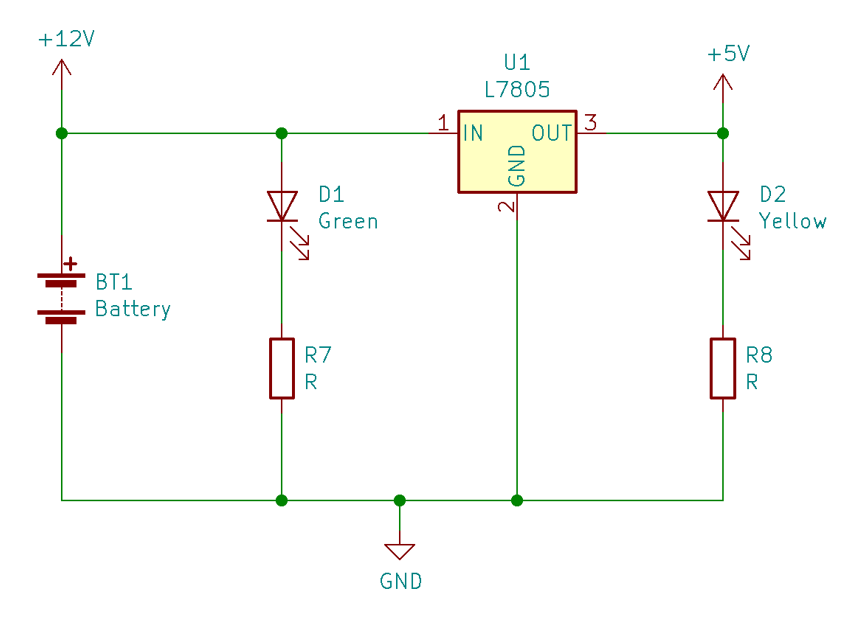Reverse Battery Protection for Portable Devices

When building portable electronic projects, one common issue is reverse battery connection, which can damage your components or render the device inoperable. But don’t worry! This problem can be easily fixed with reverse battery protection.
The Problem :
Reverse battery connection happens when the battery is inserted incorrectly, causing the voltage to flow in the wrong direction. This can damage sensitive components like microcontrollers, transistors, and ICs. To prevent this, you can use a simple protection circuit that ensures your device works only when the battery is connected properly.
Practical Example :
Imagine you’re building a portable flashlight. If you accidentally insert the battery the wrong way, the circuit can short out, potentially damaging the components. To prevent this, you can use a diode-based reverse battery protection circuit. The diode only allows current to flow in the correct direction, protecting your device from damage.
Sample Calculation :
Let’s calculate the current through the diode. Suppose the battery is 3.7V, and the current draw of your load is 200mA. The voltage drop across the diode will typically be 0.7V, so the voltage available to the load is 3.7V – 0.7V = 3.0V. This ensures the correct operation of the circuit even with reverse polarity protection.
Shop Now for Components:
To build your own reverse battery protection circuit, consider products like MOSFETs and Schottky Diodes for efficient protection. Shop now at SmartXProKits and SmartXProKits. Support our work and India’s innovation—buy from our Make in India site!




















